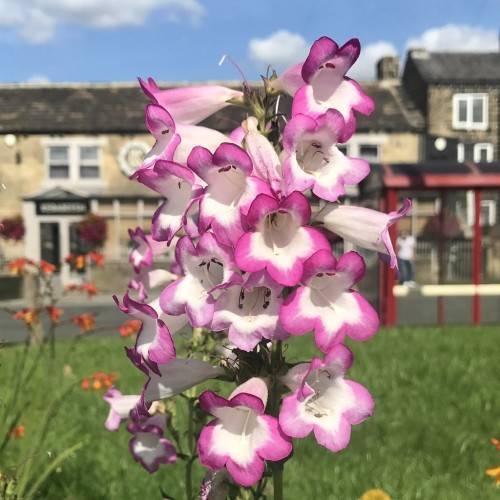
bellflower beardtongue
Penstemon campanulatus
Cycle:
Herbaceous Perennial
Watering:
Minimum
Hardiness Zone:
7 - 10
Flowers:
Flowers
Sun:
Full sun
Leaf:
Yes
Growth Rate:
Low
Maintenance:
Low
Care Level:
Medium
watering
Frequent and deep watering is important for bellflower beardtongue. It should be watered thoroughly once every 4-5 days or when the top 1-2 inches of soil is completely dry. During periods of hot and dry weather, more frequent watering may be necessary. Make sure to avoid over-saturating the soil, as this can cause root rot. In the winter when growth slows, scale back watering to every 7-10 days, and only water when the soil is dry.
sunlight
Bellflower beardtongue plants require full sun or 6 to 8 hours of direct sunlight each day. This species prefers to grow in areas with sandy, loamy, or rocky soil that is well-drained. Ideally, the sunlight should be most intense during the morning and afternoon, with some light shade during the hottest midday hours. In areas with high heat and strong winds, it is recommended to provide some protection with light shade cover.
pruning
Bellflower beardtongue should be pruned in late summer, after flowering for most varieties. This will encourage new growth and, in turn, help promote re-flowering. Pruning should only take away a third of the plant's growth because the shrub's main blooming period is in the spring and the buds for new blooms are set in the late summer. Prune at the branch tips as needed to maintain its shape and size. Remove any dead or weak branches. To promote new growth, lightly trim the sides of the shrub in the late spring or midsummer, making sure that too much is not cut away. Pruning this species can be beneficial to promote a bushier, fuller plant.
